Eat Local: How to source eco-friendly, fresh ingredients & why it’s important
You’ve heard it everywhere – ‘eat local’, ‘paddock to plate’, ‘seasonal ingredients’. But what’s eating local all about? We’re passionate about sourcing local, fresh ingredients here at CHEFIN. Our chefs gather their seasonal produce from farmers markets to create a meal that’s eco-friendly, and delicious. And we think it’s time everyone else hopped on board, too.
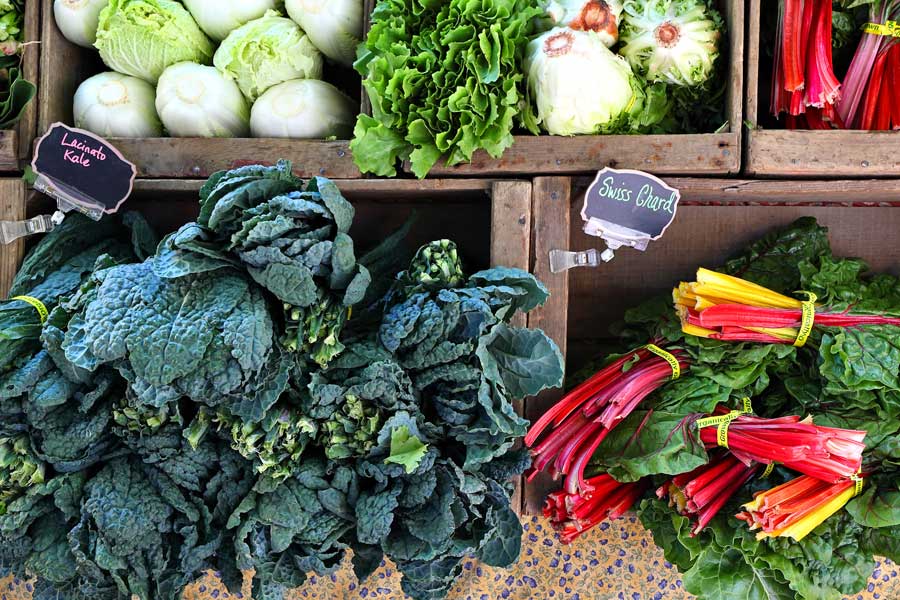
If you’re not sure what eating local is all about, why you should be doing it, or how to get started, read on for a beginner’s guide to sourcing environmentally friendly, fresh local ingredients.
What is eating local?
Does it mean heading to your local Thai restaurant and grabbing a Pad See-Ew? Well, maybe if your Thai place sources their ingredients from a farmer’s market. Eat Local – also known as being a ‘locavore’ – means eating food that has been grown in your home country.
Your local Coles and Woolies? A lot of their fruit and veg is imported from overseas. Your local farmer’s market, on the other hand? Fruit and veg that has been grown right here in your local area is in season and hasn’t been handled by many different hands.
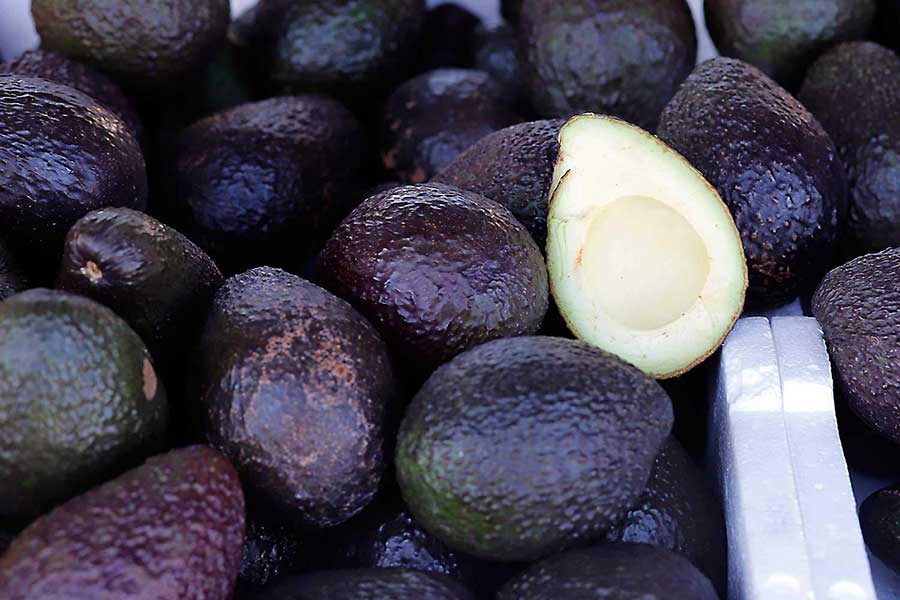
In order to deliver pineapples to you year-round, supermarkets have to import ingredients from overseas. These ingredients are going through quite a journey before they end up on your plate. Eating locally means you might not always have access to pineapples, but you’ll get to enjoy seasonal produce that’s fresh and hasn’t travelled for miles. That means having deliciously ripe pineapples when it’s the season for it, and wonderfully warm winter produce when it’s not.
Why eating locally is eco-friendly?
Eating locally grown food is synonymous with going for a more environmentally-friendly diet, but why is that? The number one reason why eat local is good for the planet is because it reduces the amount of energy needed to bring food to your plate. When your ingredients are coming from your local area, they don’t need to travel very far to get to you.
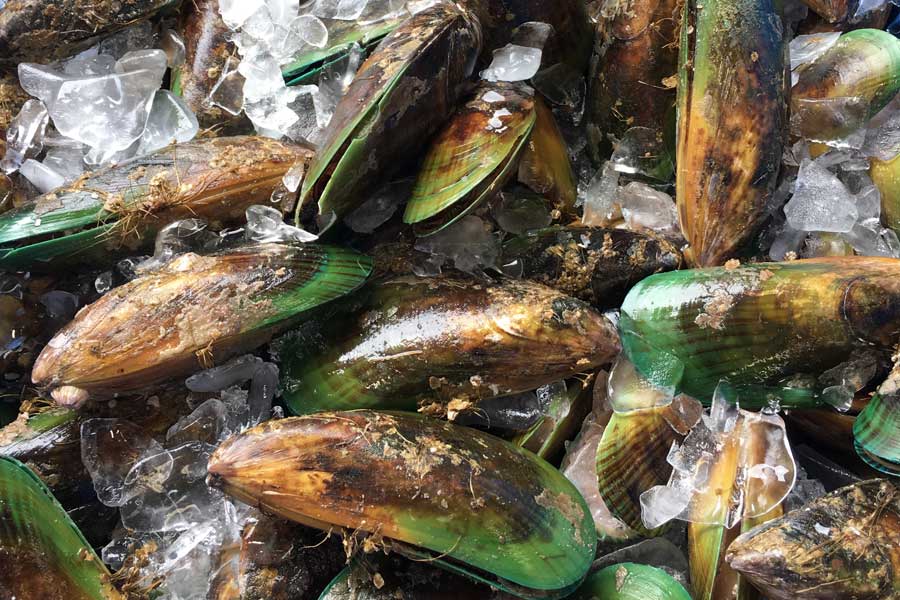
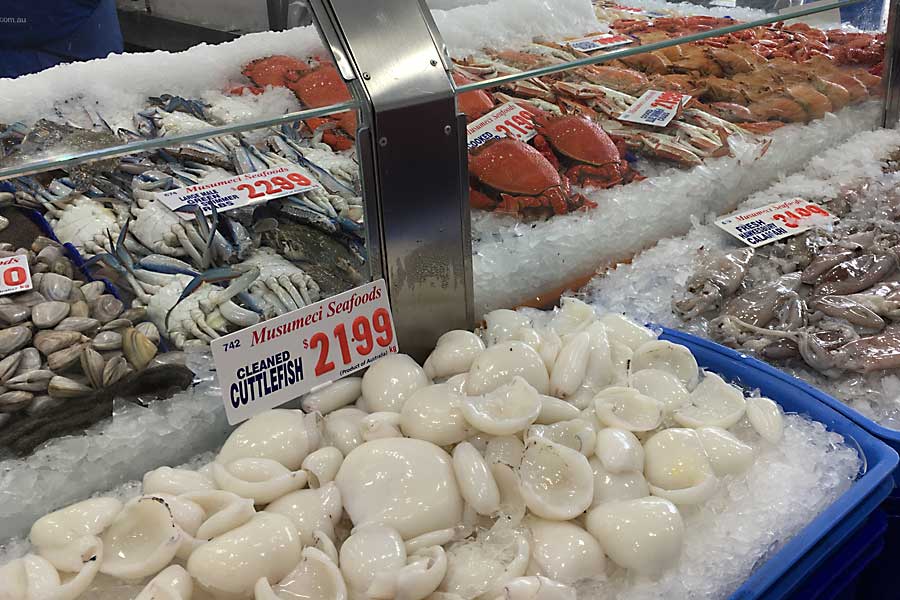
The further food has to travel to get to your plate, the more energy is used to transport it there, and the worse the impact on the environment. Think about all the fuel needed to transport fruit and veg from overseas, and all the energy required to keep it refrigerated along the way. Australia’s far from other countries. Transport takes a long time. And if you want to fly the food over, then transporting food by air will generate 177 times more greenhouse gases than if you were to ship it over.
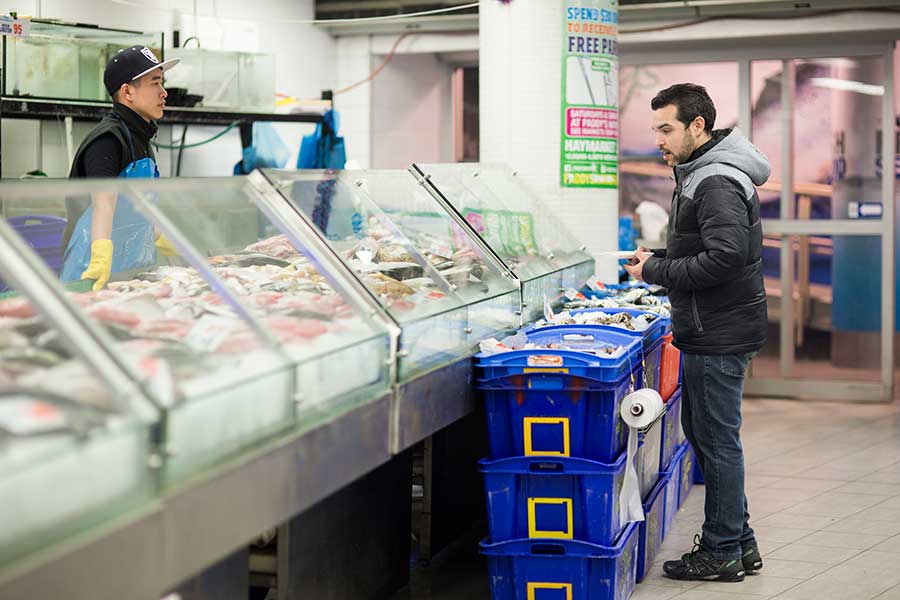
When fruit and veg won’t reach your plate for a few weeks, you can bet that it won’t be ripe at the time of picking. That just means it’ll be rotting by the time it gets to you. For that reason, fruit and veg that’s imported into Australia are picked before ripening, giving it less nutritional value. So it’s less healthy for the planet, and less healthy for you, too.
5 tips to eat locally more often
Does eating local mean you have to eat organic? No! Does it mean you have to pay more for your fresh fruit and veg? Not at all! Eating locally and reducing your carbon footprint is all about knowing where to find that fresh, seasonal produce. Here are some tips to help you get started on your ‘farm to table’ journey.
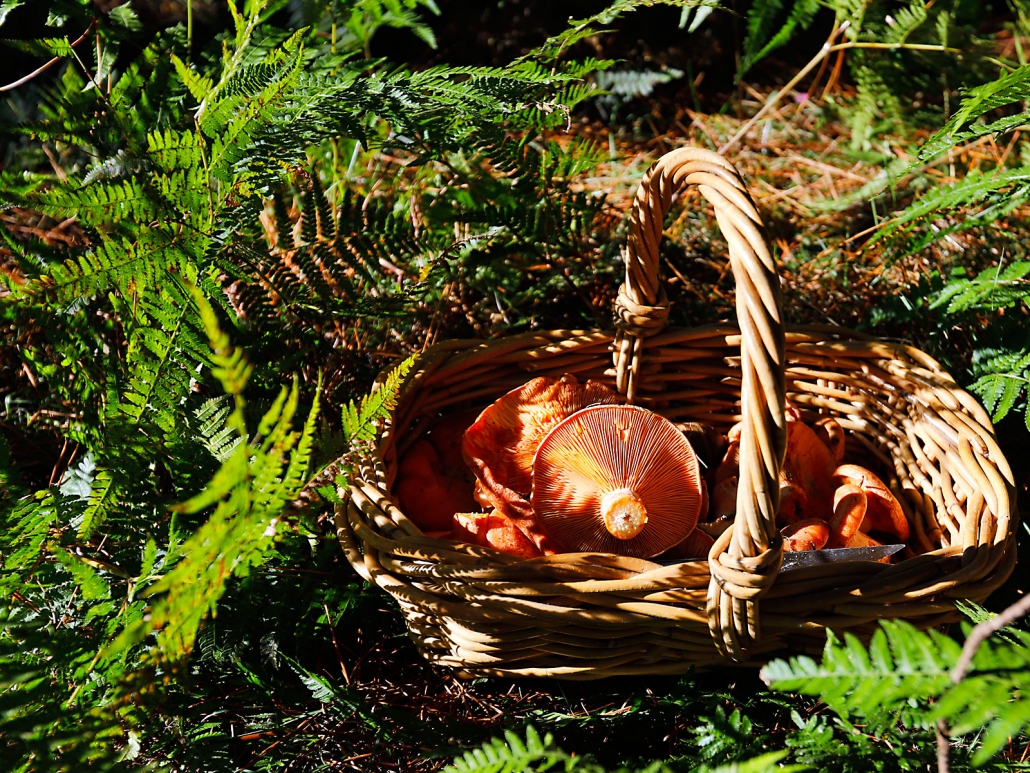
1. Hit up your farmer’s market – There’s no better way to support your local farmers and source some fresh local produce than by visiting a farmer’s market. You’ll get to talk straight to the growers themselves, find quality fruit and veg that’s ripe and in season, and have a bit of fun while you’re at it.
2. Search for a community garden – Several councils have been creating community gardens to encourage eating locally. These community gardens aren’t always well advertised, so have a look on your local council website to see if there’s one near you. These gardens are usually volunteer-run and allow you to enjoy fresh herbs, fruit, and veg grown right in your local area.
3. Don’t forget about food co-ops – Eating locally isn’t just about finding fresh fruit and veg. There are other foodstuffs, like flour, beans, grains, and bread, that is often imported from overseas but can be sourced locally. Food co-ops are a great way to access locally grown/made goods that even extend beyond food. You can often find soaps, oils, shampoos, and other handy things.
4. Know the Made in OZ label – The new ‘Made in Australia’ labels make it easier to determine exactly how much of a product has been made in Australia. This will help you pick the food items that are mostly local.
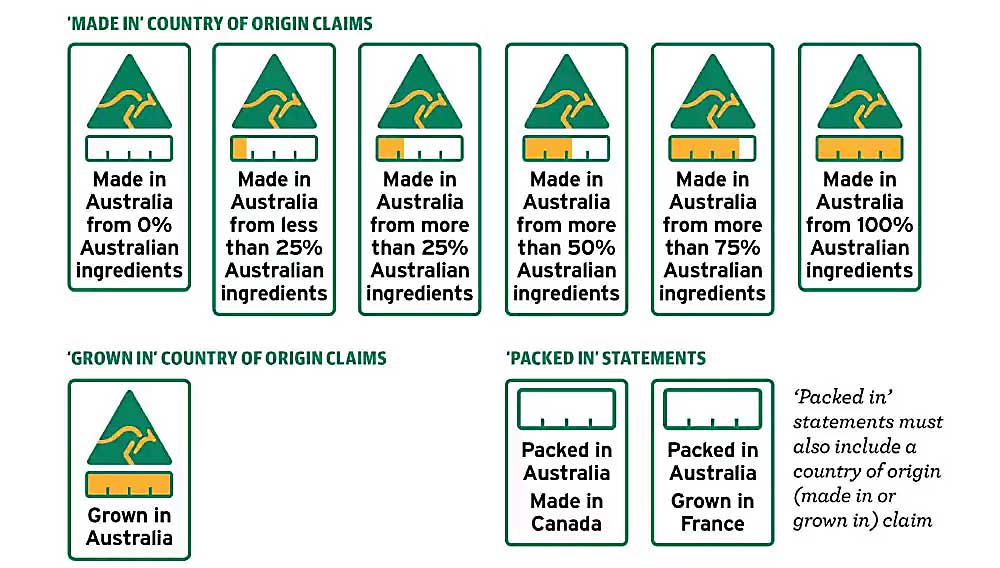
5. Try to eat less processed foods – Better for your health, and better for the environment too. Generally, the more processed a food item is, the more energy was required to produce it. If you’re looking to reduce your carbon footprint and eat raw food or more experience foods, try to avoid processed items like chips, dips, and basically anything that comes in a packet. Replace that junk food with tasty fruit, nuts, and snacks from your farmer’s market!
CHEFIN Private Chefs are required to shop above 95% fresh ingredients from local markets on the day of the event. That’s the first step towards an amazing private dining experience.
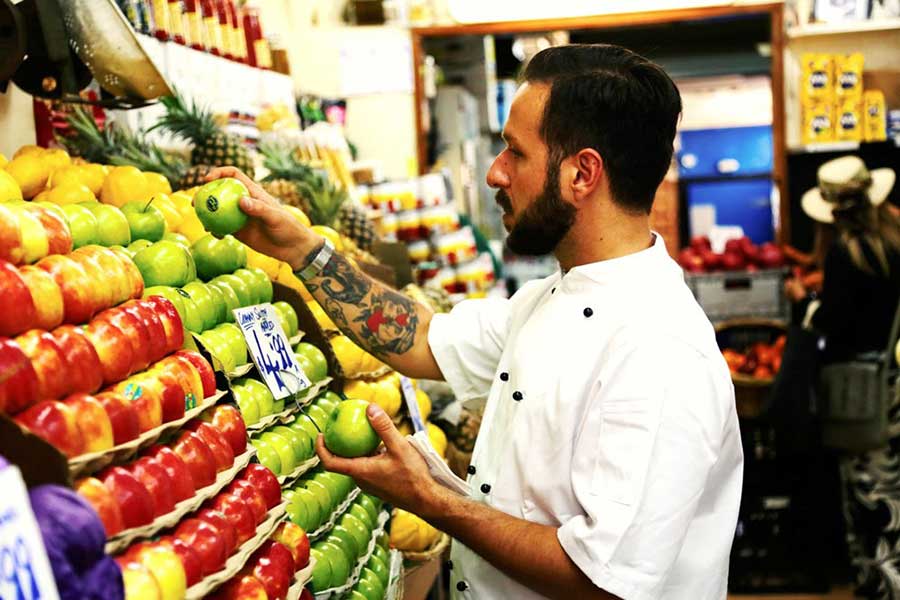
Need more help or information about choosing the best dining style for your Eat Local – Australian Cuisine Experience? Get in touch with us today for advice and an obligation-free quote.